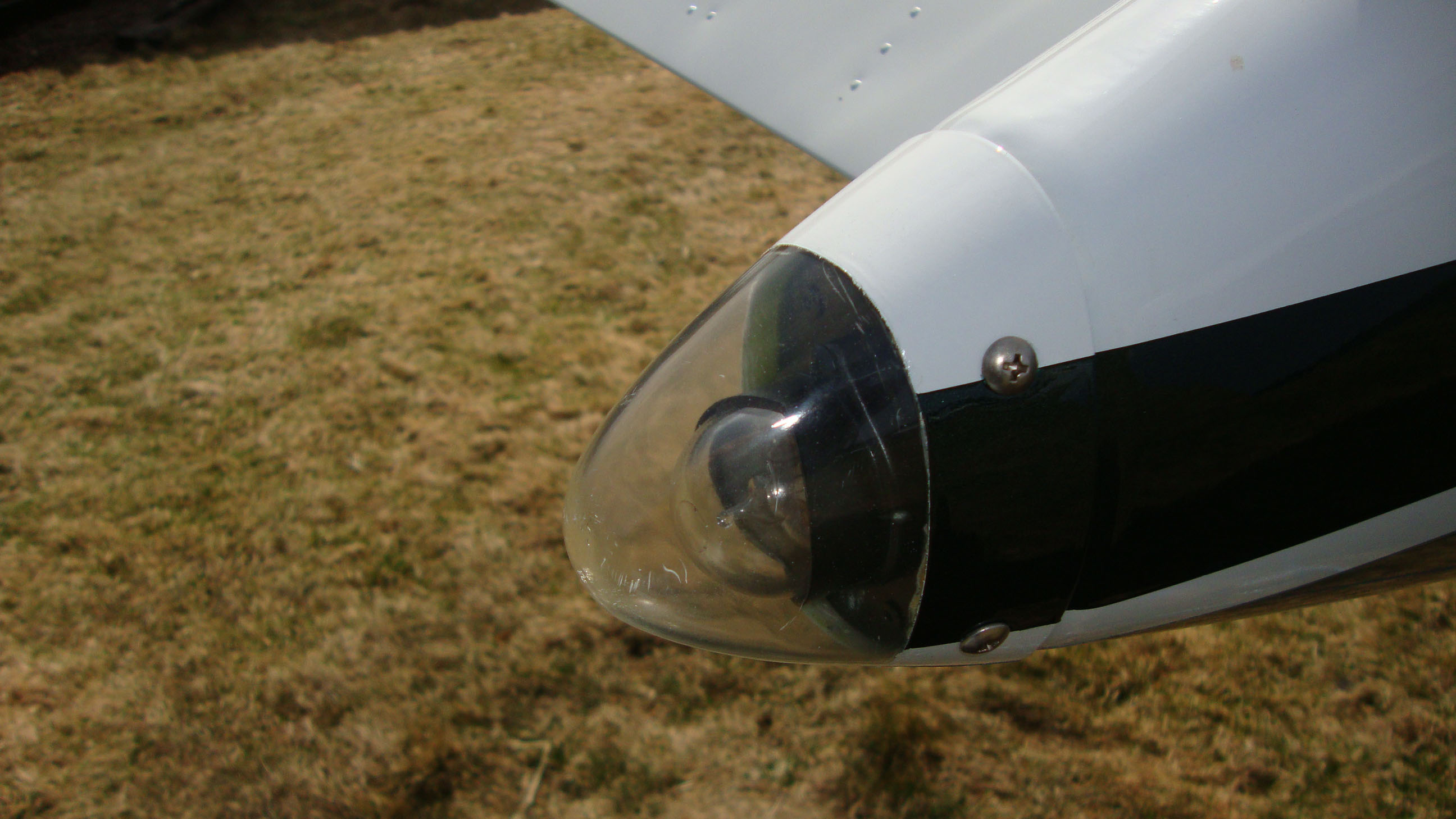Aircraft Maintenance: Sustaining your strobes
Almost every part of an aircraft will suffer from lack of use, but some parts are more susceptible than others. Strobes are unique in that regard because the simple act of using them serves to strengthen them and maintain their reliability. In order to understand why this is true, we must first understand the basic principles of strobe system design.
A strobe light is a high-energy, capacitive discharge device that consists of a power supply/trigger and a Xenon gas flash tube. The power supply controls the conversion of the relatively low voltage of the aircraft bus into the high-level output voltage (350-550 volts) required to trigger the flash tube. Power is applied across the tube and a trigger voltage is pulsed to the outside surface of the tube containing the xenon gas. The trigger voltage causes the Xenon gas to ionize, which in turn allows the gas to conduct the high voltage and…voila! You get a blinding flash of light that will have you seeing spots for an hour or so, should you have been looking directly at the bulb.

If your strobes are not working properly, the simplest approach to troubleshooting is to start at the ends of the system and work inward. Begin by checking to ensure that the power supply is getting the proper voltage at the input, and that all power and ground connections are secure. Then head out to the strobe tubes and check their connections. If all looks well, see if there is a “known good” tube that you can substitute to rule out the tube as the source of the failure.
Aging strobe tubes are very sensitive to voltage and even to light. It’s not uncommon to see strange behavior such as strobes that work while flying (when the aircraft bus voltage is high), but stop working during taxi (where the aircraft bus voltage could be lower). It’s also not uncommon to see failing strobe tubes that will work in direct sunlight, but not in the dark. And, finally, failing strobe tubes will sometimes fire a few times then simply glow, a failure mode known as “self-ionization.”
All of this can be prevented with the simple act of using the strobes regularly. “Regularly” means at least 10 to 15 minutes per week of sustained use (the more frequent the use, the better). Better yet, simply add “maintaining strobe health” to your list of reasons that you need to get out there and fly every week. As long as turning on the strobes is part of your pre-takeoff checklist, you can combine your “strobe maintenance” flights with your “mental maintenance” flights and the entire world will begin to look a little brighter. Happy flying!



